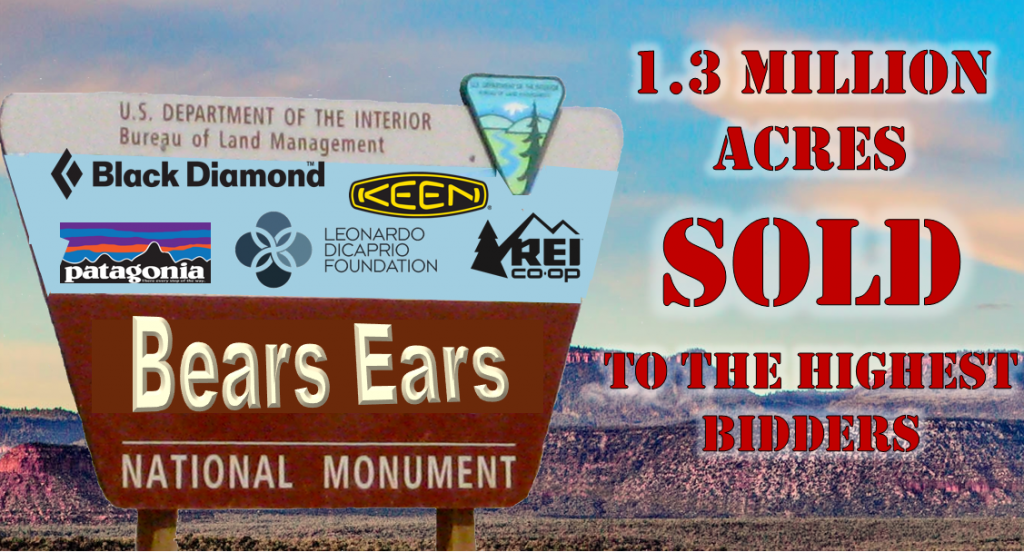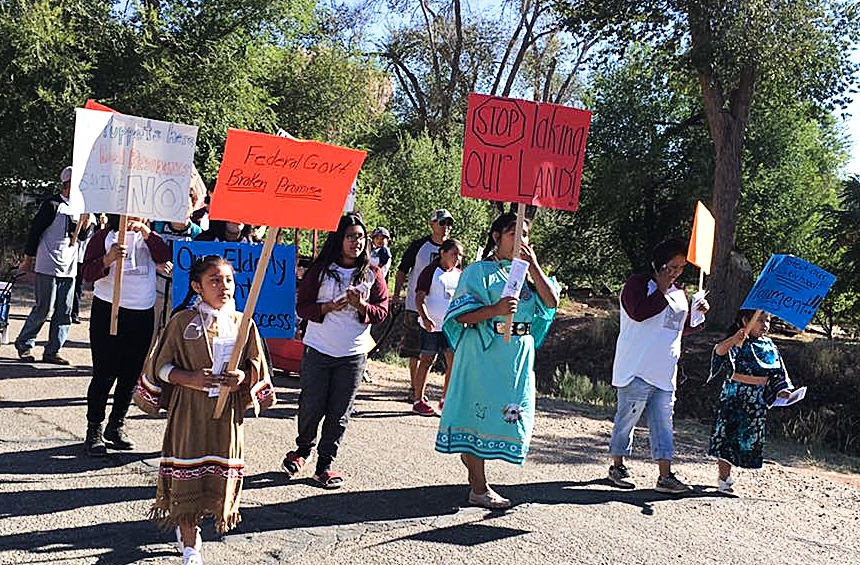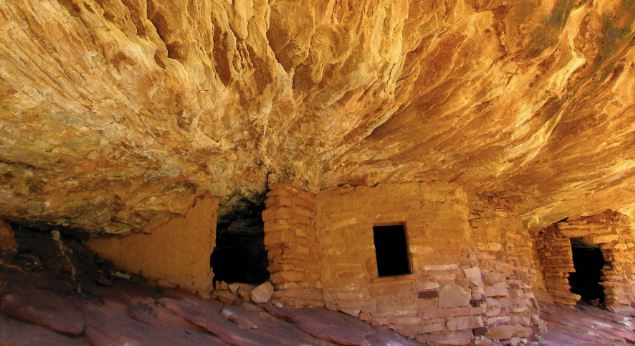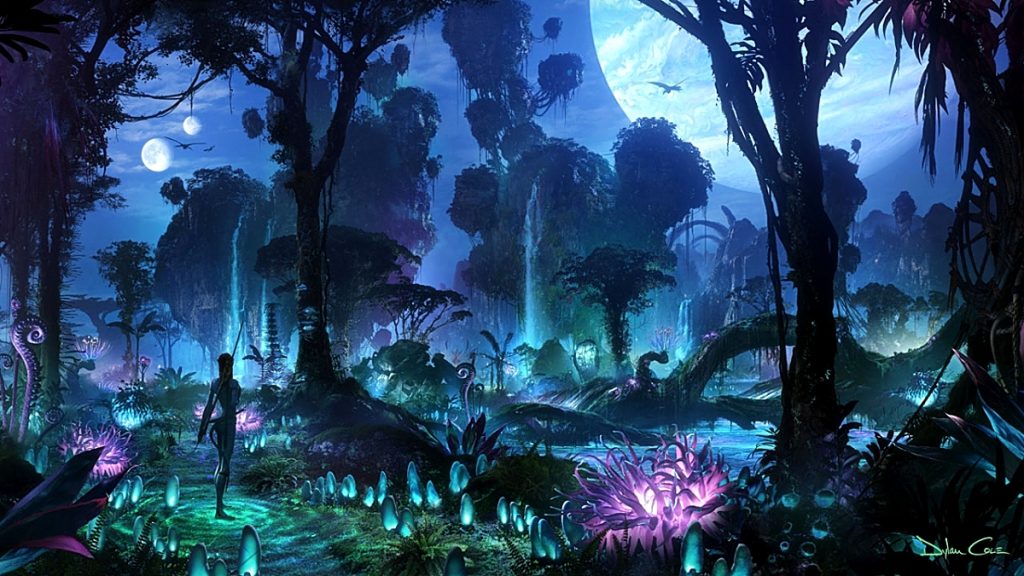White-dominated environmental pressure groups use of Native Americans’ race to pursue their agendas, such as Bears Ears, is disturbing. “Since those involved in the environmental movement are overwhelmingly white, I argue that they too have been vulnerable to this same unconscious desire for an uncomplicated, Disney-fied existence [for Native Americans],” Grande notes. “The presumed power of whites to define ‘Indian-ness’ is an integral component of modern racist attitudes towards Native American peoples.”
Bears Ears and the Ecologically Noble Savage
By designating the Bears Ears National Monument, which encompasses 1.35 million acres in southeast Utah, this week President Obama is unfortunately perpetuating the myth of the ecologically noble savage. Central to the myth is stereotyping Native Americans, as living in perfect harmony with nature, in order to support political and intellectual agendas.
While the term “ecologically noble savage” may sound odd, even insensitive, it has been in use in academic literature for twenty-five years. It also has a great deal of relevance to the designation of Bears Ears National Monument at the behest of, and with major financial backing from, environmental pressure groups. “As with earlier noble savage proponents…environmentalists simply add an academic riff to the pop construction of American Indian as primitive savior,” asserts Sandy Grande, then a professor at Colby College. “We [environmentalists] admire Indians so long as they appear to remain what we imagine them and desire them to be: ecologically noble savages symbolizing a better way of life than we ourselves find it practical to live,” O. Douglas Schwarz, at the time an independent scholar and member of New Hampshire Audubon, stated. “The current typification of Indian as ecologically noble savage serves several functions and the following ‘creative and polemical needs’ of white society” according to Grande, including “to fragment the Indian community by introducing the quandary of identity politics.”
White-dominated environmental pressure groups use of Native Americans’ race to pursue their agendas, such as Bears Ears, is disturbing. “Since those involved in the environmental movement are overwhelmingly white, I argue that they too have been vulnerable to this same unconscious desire for an uncomplicated, Disney-fied existence [for Native Americans],” Grande notes. “The presumed power of whites to define ‘Indian-ness’ is an integral component of modern racist attitudes towards Native American peoples.”
Regrettably, these troubling issues raised by Grande and Schwarz underpin the process by which Bears Ears was designated a National Monument. While proponents of Bears Ears portray the designation campaign as led by Native Americans, in truth it was created and led by white-dominated groups that used certain Native Americans, whom they portrayed as ecologically noble, as their fronts. The public face of this campaign was the Bears Ears Inter-Tribal Coalition, which consists of the Hopi, Navajo, Uintah and Ouray Ute, Ute Mountain Ute, and Zuni Governments. Yet the coalition members live tens or hundreds of miles from the Bears Ears.
While most in the media uncritically anointed the Inter-Tribal Coalition as the grassroots voice of all Native Americans, some took a harder look. The driving force behind Bears Ears “wasn’t a group of Native American tribal leaders from the Four Corners, but board members from an increasingly successful conservation organization [the Conservation Lands Foundation] who met in San Francisco,” in October 2014 to flesh-out the designation campaign, according to Amy Joi O’Donoghue of the Deseret News. The other key to the Bears Ears designation campaign was funding. The Hewlett Foundation ($9.02 billion in assets) and Packard Foundation ($7.0 billion in assets) provided $20 million to various groups, and the Leonardo DiCaprio Foundation chipped part of a $15.6 million grant for various issues, which included Bears Ears.
With the organizational structure and funding in place, the Bears Ears designation campaign was all set. Yet, “On its website the Bears Ears Inter-Tribal Coalition describes how the coalition was founded in July 2015 by the leaders of five tribes”, which was nine months after the crucial Conservation Lands Foundation meeting in San Francisco, Amy Joi O’Donoghue notes. “The coalition’s formation, however, was written about months earlier in a rock climbing magazine, which listed Friends of Cedar Mesa, the Conservation Lands Foundation, the Grand Canyon Trust and Utah Dine’ Bikeyah as groups that had ‘banded together’” adds O’Donoghue. Matt Anderson of the Sutherland Institute in Utah aptly calls this “an AstroTurf campaign because it’s fake grassroots.”
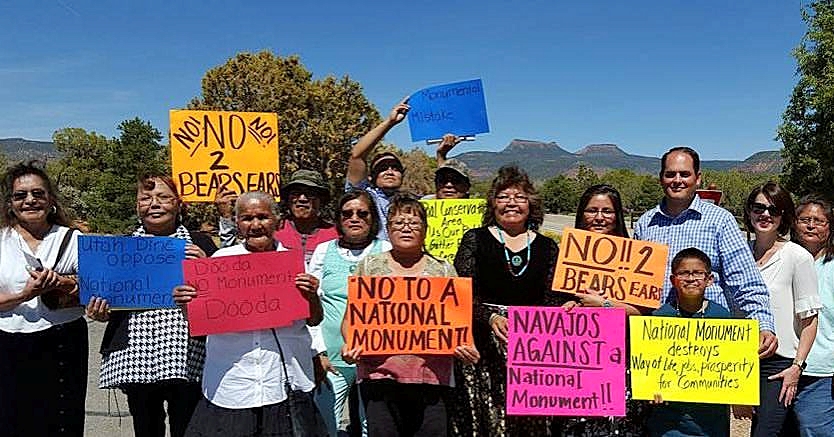
Rebecca Benally, San Juan County Commissioner, provides a devastating critique of the designation of Bears Ears, which incorporates many of the points made by Sandy Grande and O. Douglas Schwarz about the ecologically noble savage. “As a Diné/Navajo woman, a resident of San Juan County and Commissioner, I speak in behalf of my constituents—the Grassroots Utah Navajos,” Benally stated. “We strongly oppose the Bears Ears National Monument designation in San Juan County on our sacred and spiritual grounds.” Also, “Environmental groups have used the divide and conquer tactics among the Utah Navajos and other Native American tribes” according to Benally. “We do not agree with Native American tribes outside of Utah cutting deals with environmental groups.” She adds, “While we recognize the allure of deep-pocketed environmental groups with their promises and potential jobs on a Native American Advisory Council, we reject the notion that groups outside of San Juan County should dictate the future of these lands or pretend to speak for us and have our best interest. We can speak for ourselves. Environmental groups, do not insult our intelligence.”
Benally and other Native Americans in San Juan County have good reason to fear the designation of Bears Ears will be economically and culturally devastating. They point out that in the decades following the 1924 designation of the Wupatki National Monument in Arizona, the National Park Service, at the behest of environmental groups, began to restrict herding sheep and ownership of private land that was included in the monument. “By 2014, what was once a thriving community of hundreds of Navajo had become a series of abandoned homesteads and home to a single Navajo elderly woman,” according to Benally. The Navajo of San Juan County fear the same fate, and that gradually their traditional uses of what is now the Bears Ears National Monument will be curtailed, including hunting, performing religious ceremonies, grazing livestock, visiting ancestors’ graves, and gathering firewood to heat homes (which is essential because many people live near or under the poverty line), pinyon nuts for food, and plants for traditional medicine.
The designation of Bears Ears National Monument continues a long, dishonorable history of white-dominated culture exploiting Native Americans for political gain. And if history is any guide, the Native Americans adjacent to Bears Ears have to fear the erosion of their culture, economic well-being and way of life because of the monument.
Brian Seasholes
